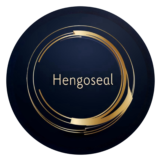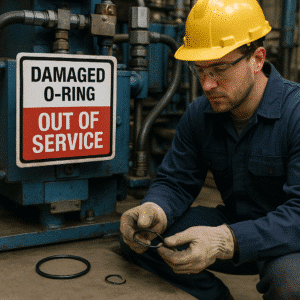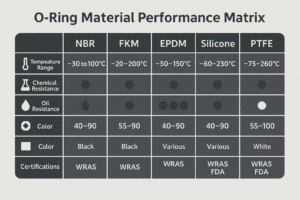Have you ever tightened a hydraulic fitting only to find it still leaks? The right ED ring seal might be the missing link in your sealing strategy.
ED ring seals are bonded metal-rubber gaskets designed for flat-faced hydraulic ports, offering a secure, leak-free solution for static high-pressure connections like BSPP, UNF, and metric threads.
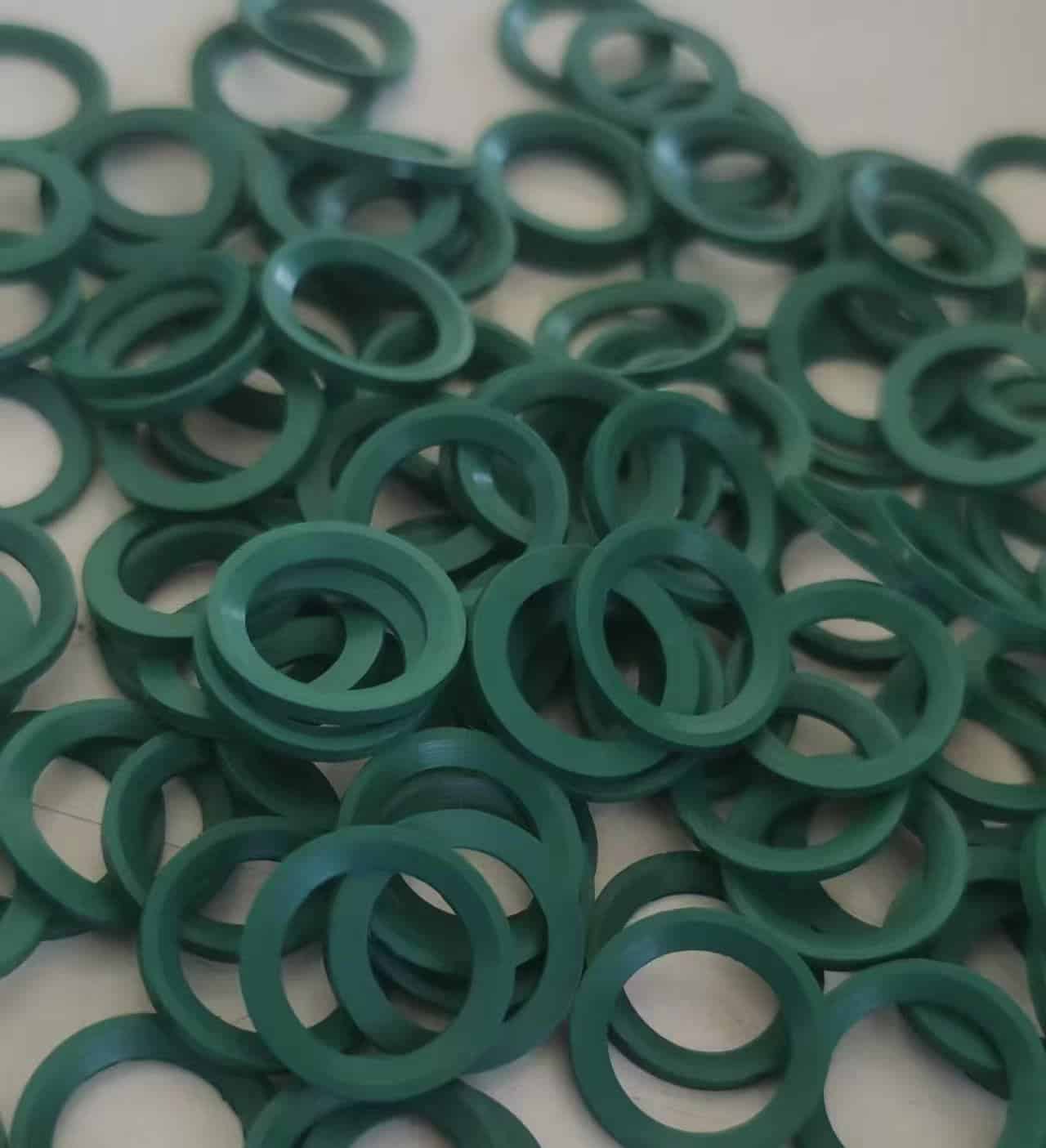
ED ring seals offer unique advantages over traditional O-rings and bonded washers—especially in high-pressure, static systems. Let's explore the most asked questions about ED seals and how they outperform conventional options.
What types of ED ring seals are available and which one should I use?
Are you unsure which ED seal suits your system—standard, high-temperature, or EPDM for steam?
ED ring seals come in a range of materials including NBR, FKM, and EPDM, each optimized for different hydraulic media and temperature ranges.
How to choose the right ED ring seal material?
The right ED ring seal depends on the fluid, pressure, and temperature in your application. NBR suits most mineral oils, while FKM handles aggressive chemicals and EPDM resists steam and water.
| ED Seal Type | Metal Base | Rubber Material | Anwendungen |
|---|---|---|---|
| Standard | Carbon Steel | NBR | Hydraulic oil |
| High-Temp | Steel | FKM (Viton) | Heat, chemicals |
| Water/Steam | Steel | EPDM | Water-glycol, steam |
| Corrosion-Proof | Stainless | NBR/FKM | Marine, acidic |
| Full Metal | Stainless | None | Extreme conditions |
In a recent marine application, I replaced corroded bonded washers with stainless-steel ED ring seals from HengoSeal. The result? Zero leakage and no corrosion for over 9 months under salt spray exposure.
What makes ED ring seals better than bonded seals or O-rings?
Have you wondered whether ED seals are just another version of bonded washers or O-rings?
ED seals outperform bonded washers and O-rings in static applications due to their bonded metal-rubber design, which eliminates twisting, tearing, and extrusion during installation.
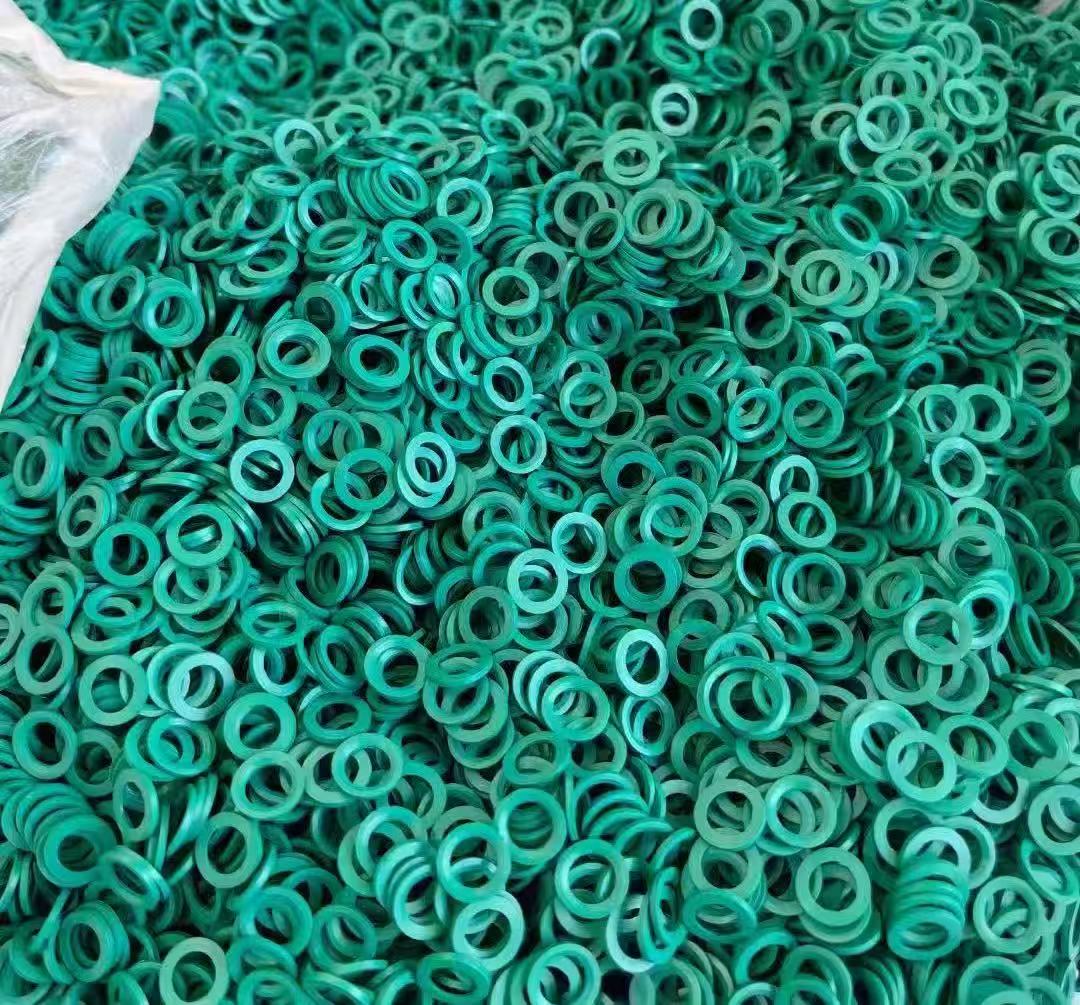
Why ED ring seals are superior in static hydraulic systems?
ED seals compress directly against flat-threaded faces, unlike O-rings which rely on groove compression. They also resist twisting unlike bonded washers, making them perfect for BSPP and metric threads.
| Besonderheit | ED-Siegel | Bonded Washer | O-Ring |
|---|---|---|---|
| Installation Stability | High (non-twisting) | Medium (resin bonded) | Low (prone to shear) |
| Druckbewertung | Up to 5000 psi | Up to 3000 psi | Groove-dependent |
| Surface Compatibility | Flat faces (BSPP, UNF) | Flange faces | Needs groove |
| Reusability | Often reusable | Typically single-use | Easily damaged |
We replaced O-rings on our test benches with ED seals and eliminated over 80% of recurring micro-leaks—proof that choosing the right seal pays off.
Can ED ring seals be reused safely after disassembly?
Do you worry about waste or cost when replacing hydraulic seals frequently?
ED ring seals are often reusable, provided they’re not physically damaged or overly compressed. Their metal base preserves shape, and the bonded rubber maintains sealing under multiple cycles.
When is it safe to reuse an ED ring seal?
Check for cracks, cuts, hardening, or deformation. If the seal passes visual inspection and compression hasn't set, it can be safely reused—especially in non-critical systems.
I personally reused ED seals up to three times on hydraulic press fittings without a single leak. Still, for critical applications, we recommend fresh seals every cycle to guarantee integrity.
What are the correct installation steps for ED ring seals?
Have you ever tightened everything “just right” but still seen a hydraulic fitting leak?
Proper ED ring seal installation is critical. Misalignment or over-torque can easily ruin an otherwise perfect seal.
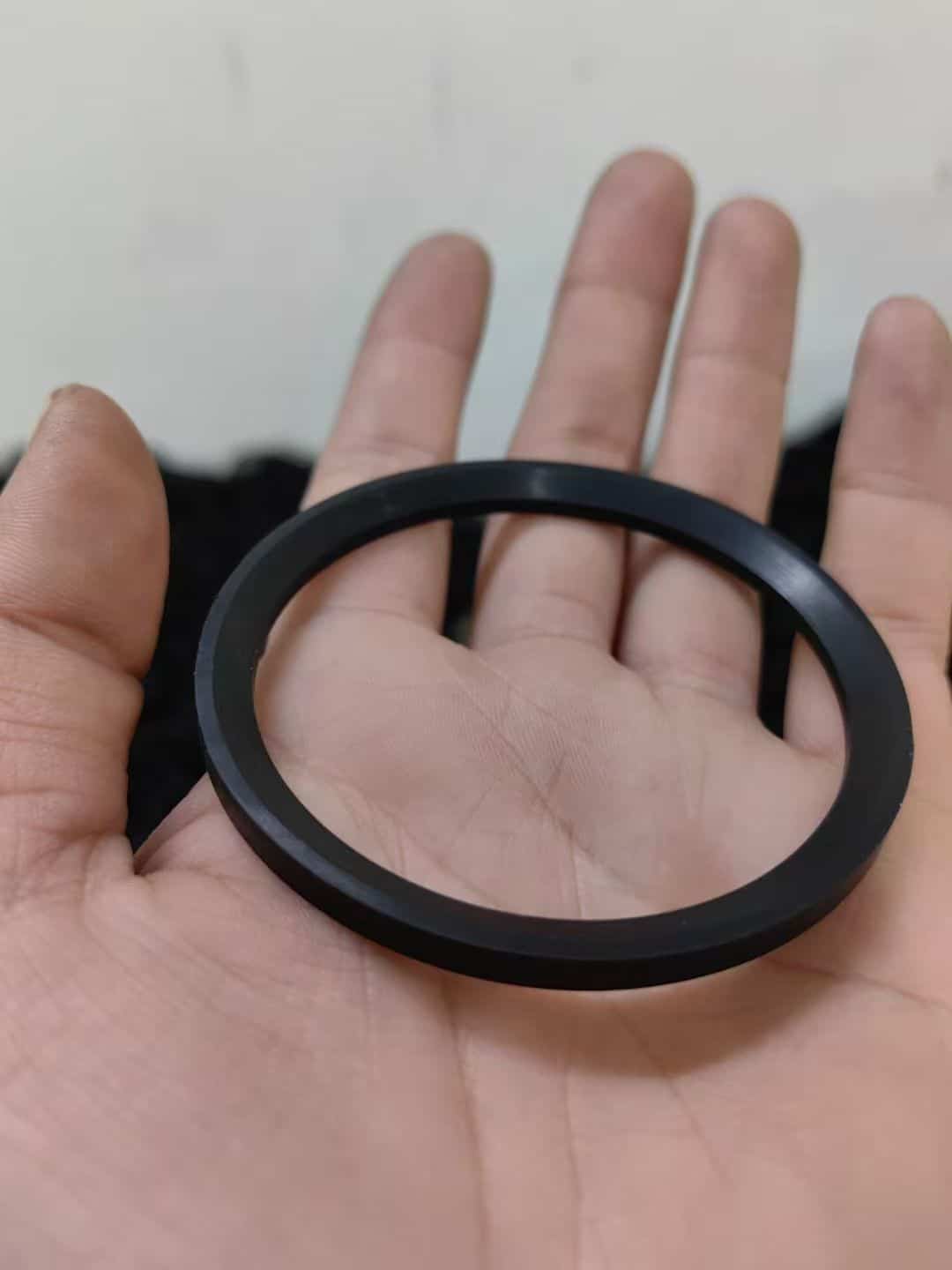
Step-by-step installation guide for ED ring seals
- Clean surfaces thoroughly
- Inspect seal condition for damage
- Lubricate elastomer lightly
- Place seal flat in the housing groove
- Apply correct torque
- Pressure test the joint after assembly
Avoid overtightening—ED seals seal by compression, not by crushing. Always follow fitting manufacturer’s torque specs.
For reliable performance, match your ED seal to the fitting using our hydraulic seal selection guide.
Are ED ring seals compatible with all thread types?
Are you installing on BSPP, metric, or UNF ports and unsure if an ED seal fits?
ED seals are designed specifically for parallel-threaded ports with flat sealing faces. They’re ideal for BSPP, UNF, and Metric but not for NPT or tapered threads.
Why ED seals are best for flat-thread hydraulic fittings?
In BSPP and Metric threads, the sealing happens at the face, not on threads. ED seals provide a flexible sealing element compressed between two flat surfaces, ensuring no leak path.
If you’re unsure about compatibility, use ED seals in systems where:
- Threads are parallel
- Port faces are flat
- Pressures exceed 3000 psi
- Leak prevention is critical
This makes them a top choice for hydraulic manifolds, pump blocks, and industrial presses.
Abschluss
ED ring seals are the go-to static seal for hydraulic threaded connections, offering reliability, pressure resistance, and reusability for flat-faced BSPP, UNF, and metric fittings.
Stop leaks before they start
If you're tired of messy leaks and recurring maintenance, switch to ED ring seals now.
E-Mail: [email protected]
WhatsApp: +86 17622979498
Take control of your system's sealing performance today.
Related topic
So wählen und ersetzen Sie Hydraulikdichtungen (Schritt für Schritt)
High-Pressure Hydraulic O‑Rings: How to Choose the Most Durable Seals?
Hydraulic Seal Kit by Size | Standard & Custom Cylinder Seal Kits
